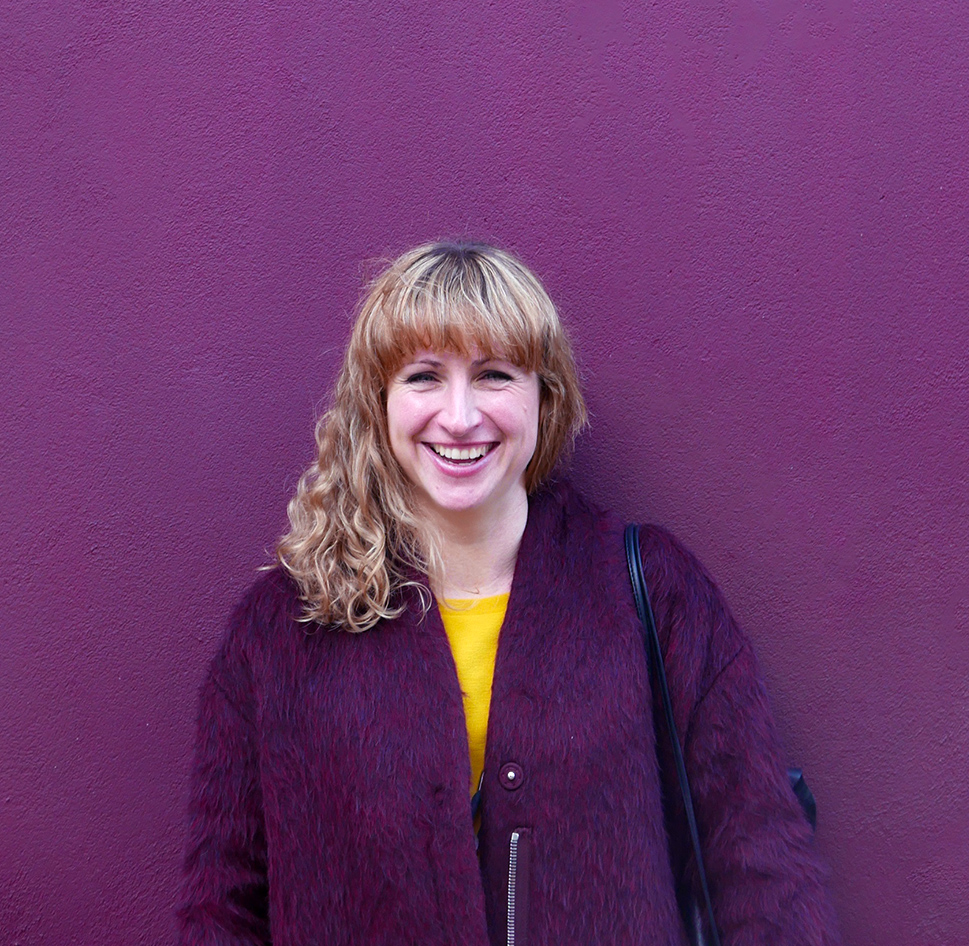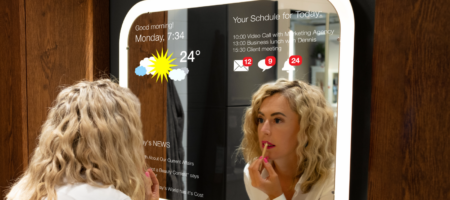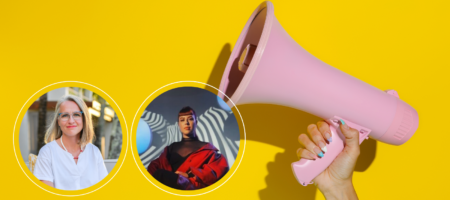Along with businesses the world over, we took a deep breath back in the spring – and had to hold it for a little longer than was comfortable. So, as we transition into autumn, it feels good to be busy; the team at intO can breathe easy again.
Resilience relies on having a roadmap
The resilience of intO’s business, I’m sure, is largely down to the fact that, as design researchers, we practice what we preach to the businesses we work with. intO’s Global Futures Roadmap programme unveils what clients need to know about the future to take meaningful actions in the present. A roadmap allows a business or brand to define a confident path forward that respects the ever-changing landscape of culture, customers, competitors, threats and opportunities,
While experts have been predicting a global pandemic for years, the arrival of covid-19 was a shock for the majority, and countries around the world have had to scramble to soften its blow. Many trends and adaptations that have been accelerated by the virus already existed before the pandemic, although they were evolving more steadily and in response to different drivers. The pandemic acted as something of a trigger that shot them into the mainstream – remote working being just one clear example. At the end of last year, if I’d been forced to place a bet on why travel might be restricted in 2020, I would have probably cited terrorism or a steep acceleration of environmental activism. As a business, intO didn’t foretell that this potential disruption to our work would be caused by a virus (foresight and prediction are not the same things), but our roadmap meant we’d at least considered travel restriction as a possible outcome of something. As communication technology continued to improve, and attitudes (including our own) towards high carbon footprints became more negative, we viewed this as an opportunity to design our business around an increasingly remote model. This is a simple example, but we’ve been shaping our business, structure and processes in ways that capitalise on potential opportunities and mitigate the impact of plausible challenges since intO’s inception. This isn’t down to luck, it’s down to design – and design research, specifically.
Roadmaps future-proof business planning
Having a roadmap isn’t just about being prepared for potential threats and opportunities ahead. Businesses and brands need to ensure that their cultural relevance (often across different and diverse markets) and subsequent impact is maintained and improved over time. They need to steer well-considered product and service innovation plans (many of which have very long timelines) and future-proof long-term strategy.
As intO’s Research Director, I design and implement Global Futures Roadmap projects with clients so they can orientate their current positions, set goals that are appropriate for the future context, establish actions that should be taken immediately and plan next-step tactics. Being able to do this well depends on travelling through life with one foot in the future. Or, more accurately, one foot in many different possible futures.
Keeping one foot in the future[s]
The foundation of a roadmap is built on foresight; thinking ahead to mitigate the uncertainty of our unfolding reality and support better decisions – today, tomorrow and in the years ahead – to stay one step in front. As I mentioned before, foresight and prediction are two different things. A prediction is a statement about an event that will happen in the future, which may or may not be based on experience or knowledge. Foresight, on the other hand, is the output of forecasting, which is a systematic envisioning of alternative futures that indicate what may happen, so it’s easier to know what should be done from now. Forecasting doesn’t promise absolute certainty, but it helps us to approach the future with confidence because it involves studying a whole range of plausible scenarios, and therefore prepares us to respond to what’s ahead (even the surprises!) with more flexibility and agility.
No crystal balls required
The power of foresight is not fuelled by magic, but by research. This can sound a bit bonkers to people outside of the design discipline and if new people I meet ask what I do for a job I’m often asked questions like, ‘But how can you research something that hasn’t happened yet?’
The answer to that is grounded in the fact that few shifts happen overnight, and even fewer happen without being driven by people. By understanding how the motivations, emotions and needs of humans are developing we can begin to forecast how society might be shaped by them in the future, and how humans will respond to these evolving societal shapes. If you look closely enough, in the right places, you’ll find that a myriad of possible futures are already unfurling. Some people, who intO classify as progressive users, will already be adopting attitudes, behaviours and purchases that are ahead of the curve and have the potential to influence future mainstream behaviours. These people are grounded in real life, today, but give us clues and insights into the potential future realities of the majority of consumers.
‘Forecasters are always on the look out for the seeds of change that drive our culture in new and ever more distinctive ways. They are always asking: “Where will this seed fall?” “How will this seed grow?” “Who will nurture it?” “What will it look like when it does grow?” What will it become?” “How will it change as it matures?” “What seeds will it drop?” “Where will it drop them?” “Will I know where to stand when they do?” “How will they grow?” “What will they become this time around?” And so the cycle continues…’
Martin Raymond, The Trend Forecaster’s Handbook
Worldwide & Up Close
There are always long-term, slow-moving macro trends developing and influencing societies and humans worldwide (for example, environmental change, technological advancement and increased connectivity). These trends are fairly easy to follow by following informative sources like news reports; technology websites and forums; TED talks; expert opinion pieces; generic trend reports; and brands, products and services that are responding to human needs and expectations. As a specialist research agency, we have to understand these macro trends inside-out, because they frame the context within which everything else develops.
Inside these macro shifts, every business will align differently with specific, burgeoning trends that are relevant to its own interests, customers and markets. Understanding these trends with focused relevance involves getting really up close to experts, opinion leaders and progressive users. This is the element of intO’s work that is different for every client. The people we find, speak to and study could be in any given established or emerging market around the world, depending on the client’s business objectives. Similarly, the best way to get ‘up close’ to these people will differ depending on the motivations and behaviours we’re studying.
We might speak to people, survey people or observe people. We could be shadowing them in person, or remotely via live-streamed footage, image or video diaries. We might be observing online behaviour, reactions and listening to social media discourse. The scope of methodologies that can be combined and used is limitless, and experimental new methods are often tailor-made to suit the mission and the cultural context it sits within.
Pulling meaning from the mess
In the same way that facts and chronologies from the past never tell a historian the full story, as forecasters we also need to draw on our experience, expertise and intuition as we work. We need to overlay our view of the ‘bigger picture’ trends with regional, local context to draw meaning from the swathes of insight that we’re gathering (often as part of a large team working across many regions with different languages). Applying this additional layer of perspective is a vital part of the process.
Generating meaning from a mass of divergent thinking, information and data is a foresight specialist’s super-power. Foresight research is a messy business – particularly at intO, where Local Experts from around the world are simultaneously gathering information from different regions, in different languages.
Roadmap outcomes
Foresight isn’t the only constituent of roadmapping but being able to envision what lays ahead is what future-proofs strategies and gives them muscle. It’s not magic, it’s research. But for our clients, the deliverables of a Global Futures Roadmap really can feel like something supernatural. Conviction replaces uncertainty, priorities become clear and aligned and plans integrate with the reality of the outside world.
The flaws of short-term, tactical and reactive business models were thrown under the spotlight earlier this year. And even those businesses who had long-term strategy mapped now need to interrogate their pre-pandemic assumptions about the future. Change of the speed and magnitude we’ve experienced in 2020 may only happen once in every generation, but whether you’re formulating a business-wide strategy, or focussing on communications, brand positioning or product/service innovation, you need to move forward from here. The best way to do that, with confidence, is to set one foot into the future[S].
Do you have questions about foresight and design research? Would you like to learn more about how intO’s Global Futures Roadmap programme might help your brand, business or department? Our friendly, super-smart Strategy Director, Onika Simon, welcomes you to book a phone / video call directly into her diary HERE.
 Chloe is intO’s Research Director. Learn more about Chloe here and connect with her on LinkedIn, here.
Chloe is intO’s Research Director. Learn more about Chloe here and connect with her on LinkedIn, here.
Lead photo by 丁亦然 on Unsplash
Posted on October 9th, 2020
Strategy Business Uncategorized Publications Innovation Research


 Chloe is intO’s Research Director. Learn more about Chloe
Chloe is intO’s Research Director. Learn more about Chloe 
